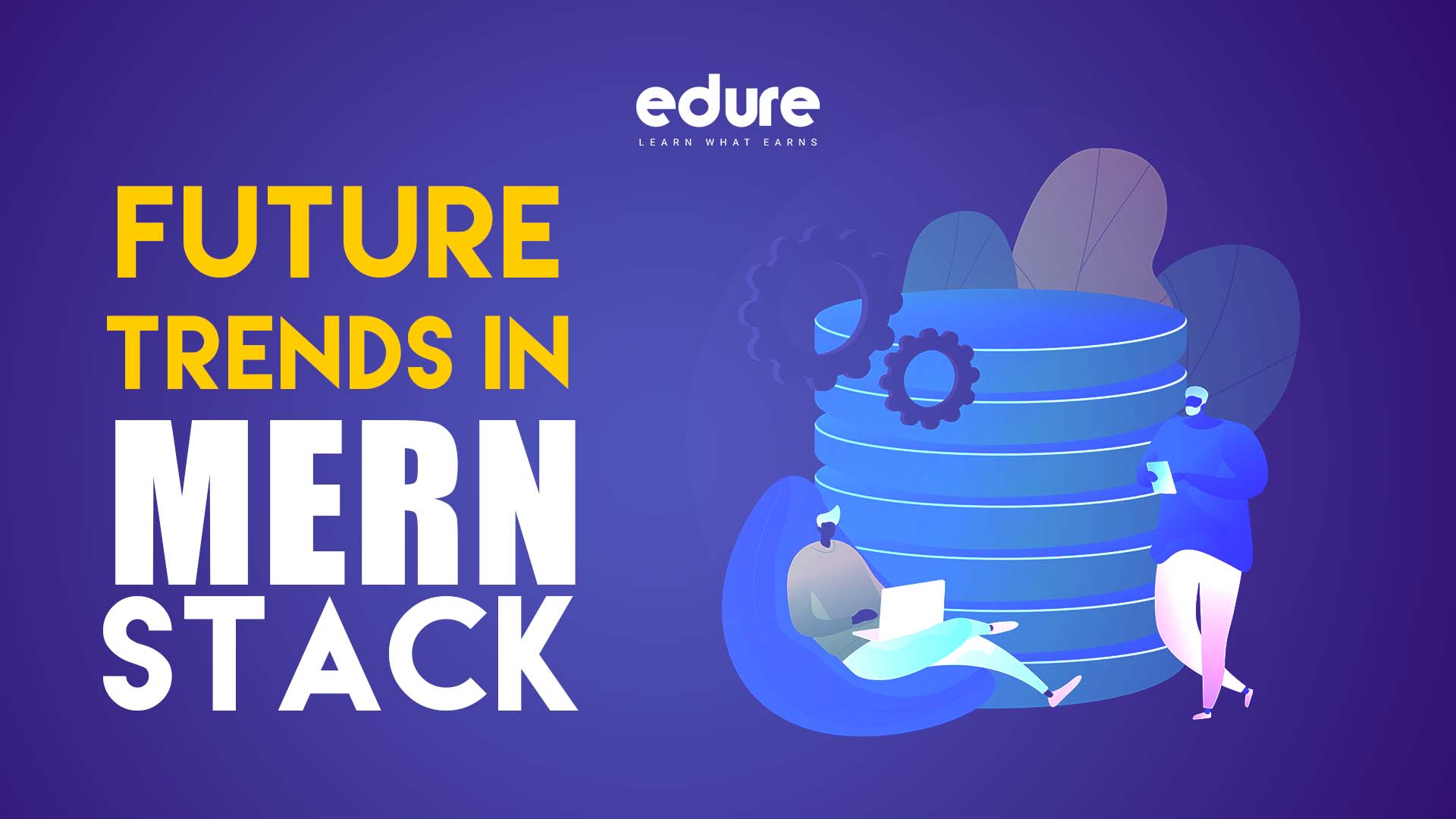The tech industry is continuously evolving, and it’s important for developers to stay updated with the latest trends to stay competitive in the market. When it comes to full-stack development, MERN stack (MongoDB, Express.js, React.js, and Node.js) has gained significant popularity in recent years due to its flexibility and efficiency. In this blog post, we will explore the future trends in MERN stack that every developer should know. Learn From Edure.
1. GraphQL Integration
GraphQL is a publicly available language for querying APIs, and it also provides a runtime to carry out these queries. It provides developers with more flexibility and efficiency in data fetching, allowing them to retrieve only the required data from the server. In the MERN stack, integrating GraphQL with Express.js, React.js, and Node.js can greatly improve the performance of web applications, reduce bandwidth usage, and simplify the process of data retrieval.
Mern Full Stack Developer Course
2. Serverless Architecture
Serverless architecture is gaining popularity as it allows developers to build and run applications without the need to manage servers. Platforms like AWS Lambda and Firebase can be used to deploy MERN stack applications without worrying about infrastructure management. By adopting serverless architecture, developers can focus more on writing code rather than managing servers, resulting in faster development cycles and reduced costs.
Mern Full Stack Developer Course
3. Microservices
The architecture of microservices is a design approach that builds an application as a set of small, autonomous services, each of which can be deployed, tested, and scaled independently. MERN stack applications can benefit from microservices by breaking down monolithic architectures into smaller and more manageable components. This enhances flexibility, scalability, and maintainability of the application, allowing developers to work on different services simultaneously.
4. Progressive Web Applications (PWAs)
Progressive Web Applications (PWAs) merge the advantages of both web and mobile apps, providing a consistent user experience across various platforms and devices. With React.js and Node.js in the MERN stack, developers can easily build PWAs that can be installed on smartphones, tablets, and desktops, providing users with an app-like experience without the requirement to download and set up distinct applications.
5. Artificial Intelligence (AI) and Machine Learning (ML)
AI and ML are revolutionizing the way applications are developed and used. By integrating AI and ML technologies with the MERN stack, developers can create intelligent applications that can make predictions, learn from user behavior, and provide personalized experiences. With the help of libraries like TensorFlow.js, developers can leverage the power of AI and ML without the need for complex setups.
In conclusion, staying updated with the future trends in MERN stack is crucial for developers to stay ahead in the tech industry. By adopting GraphQL integration, serverless architecture, microservices, PWAs, and exploring AI and ML capabilities, developers can build more efficient, scalable, and intelligent applications. So, start exploring these trends and enhance your skills in the ever-evolving MERN stack! Know more about the Topic from Edure Learning.

